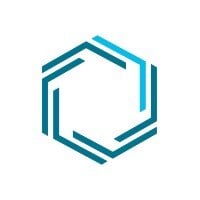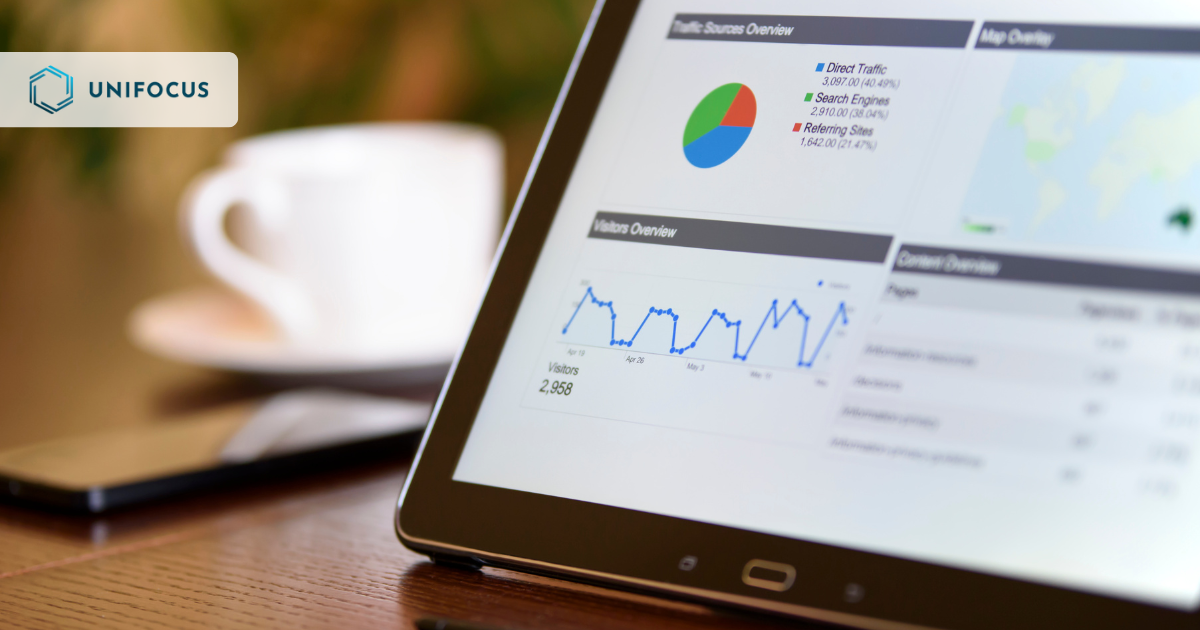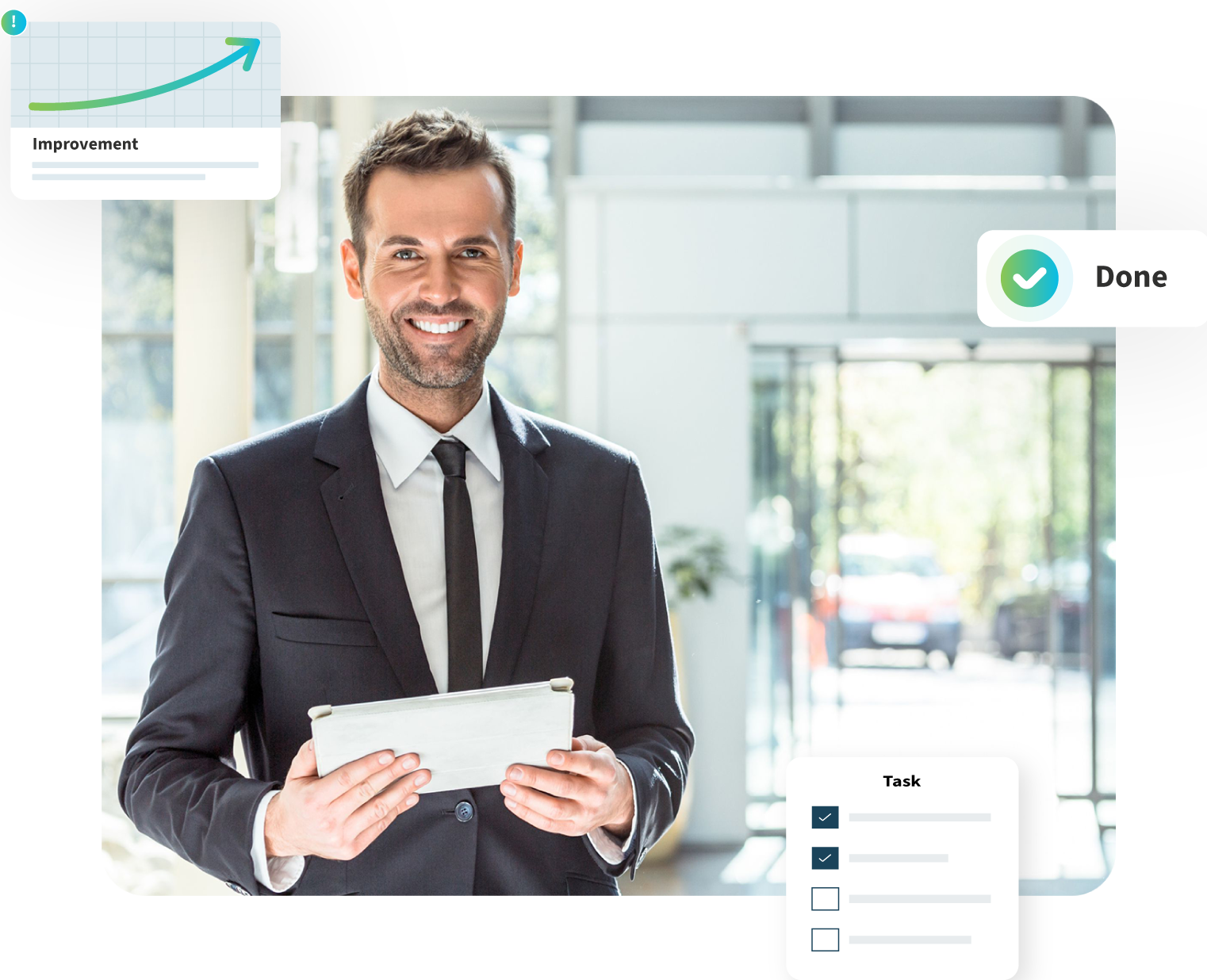Introduction:
Hotels around the world are facing a challenging task of restoring their staff levels to pre-pandemic standards in the midst of a severe labor shortage. McKinsey's recommendations offer valuable insights into innovative staffing practices that can help hotels overcome this obstacle. However, implementing these recommendations requires a comprehensive and efficient workforce management platform. In this article, we will explore how a workforce management platform can support and facilitate the adoption of McKinsey's three key staffing innovations: standardized metrics, role redesign, and job networks across properties. By leveraging these principles and the capabilities of a workforce management platform, hotels can effectively optimize their staffing models, improve operational effectiveness, enhance employee job satisfaction, and deliver exceptional service quality.
-
Innovation 1: Using standardized, activity-based metrics:
A workforce management platform plays a crucial role in implementing this innovation by providing accurate and real-time data on occupancy, check-ins, check-outs, and other relevant metrics. By analyzing this data, hotels can identify demand patterns and fluctuations, enabling them to forecast frontline coverage needs accurately. The platform can automate the process of aligning staffing levels with dynamic demand, allowing hotels to define a standard set of productivity metrics for each role. For example, the platform can help determine the optimal ratio of room attendants to check-outs, ensuring efficient cleaning and laundry scheduling. By leveraging this innovation, hotels can reduce labor hours, improve work-life balance for employees, and increase overall operational effectiveness.
Example: A hotel implemented a workforce management platform that analyzed historical occupancy data and identified peak check-out periods. By scheduling additional front-desk employees during those hours, the hotel reduced labor hours by 10% and improved work-life balance for its staff.
-
Innovation 2: Redesigning roles to combine jobs:
A workforce management platform enables hotels to effectively implement role redesign by providing the necessary tools to manage cross-training and job combining initiatives. The platform can facilitate the identification of overlapping tasks and skill sets among different roles, allowing hotels to merge or combine similar positions. Additionally, the platform can support training programs and skill development by providing centralized resources and tracking employee progress. With the platform's assistance, hotels can create more flexible and versatile roles that empower employees to explore new career paths and acquire cross-functional skills.
Example: A hotel utilized a workforce management platform to identify overlapping responsibilities between housekeeping and front-desk roles. By combining these roles, the hotel reduced the number of required staff members while maintaining service quality. Employees were empowered to take on new responsibilities, resulting in increased job satisfaction and opportunities for growth.
-
Innovation 3: Creating job networks across properties:
Implementing job networks across properties is made more manageable with a workforce management platform that enables seamless coordination and communication. The platform allows hotels within the same management or ownership group to share resources, staffing, and expertise across multiple locations. It facilitates efficient scheduling and deployment of employees based on demand, optimizing coverage and avoiding unnecessary redundancies. By leveraging job networks, hotels can enhance operational efficiency, leverage specialized skills, and offer employees diverse opportunities for career advancement.
Example: A hotel group with shared ownership implemented a workforce management platform that enabled them to pool managerial resources and frontline staff across properties. This approach allowed employees to alternate shifts between different locations or properties with varying needs. By sharing resources, the hotel group effectively managed staffing requirements and created new avenues for career development.
The Power of a Workforce Management Platform:
A robust workforce management platform acts as the backbone for implementing and sustaining McKinsey's staffing innovations in hotels. It empowers hotels to collect, analyze, and leverage data-driven insights to optimize their staffing models, streamline operations, and enhance employee engagement. By adopting such a platform, hotels can overcome the challenges posed by staff shortages and deliver exceptional service even with limited resources.






